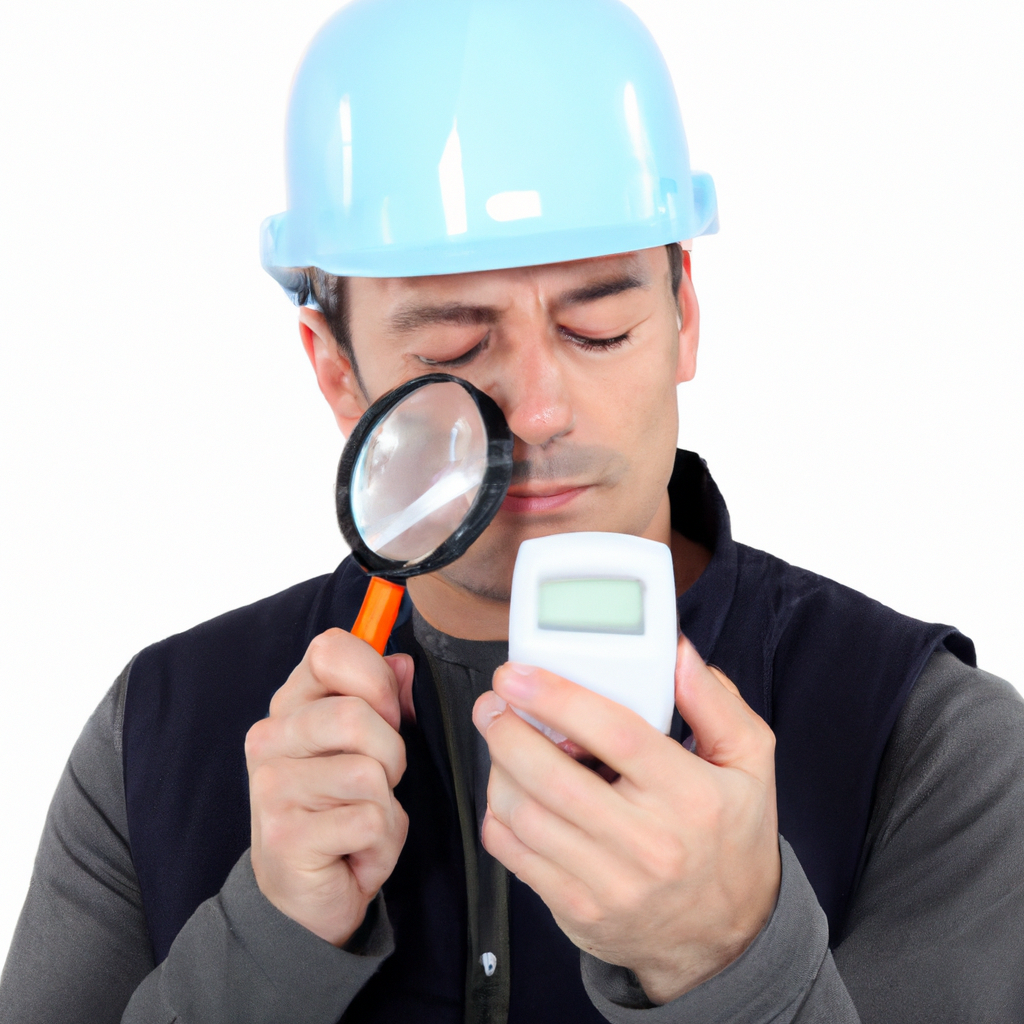
Utility locating has become an indispensable practice in modern construction and excavation projects. In an era where safety and efficiency are paramount, the role of utility locators cannot be overstated. These skilled professionals utilize advanced technology to detect and map the intricate network of underground utilities, safeguarding both the integrity of existing infrastructure and the well-being of workers and communities. In this article, we delve into the world of utility locators, exploring their significance, applications, challenges, best practices, and future trends.

Understanding Utility Locators
What are utility locators? Utility locators are experts trained to identify and mark the precise location of underground utilities such as gas, water, sewer, and communication lines. They employ a range of cutting-edge tools and technologies to accurately map the complex web of utilities buried beneath the surface.
How do utility locators work? Utility locators use a variety of methods, including electromagnetic induction, ground-penetrating radar, and acoustic detection, to trace the path of utilities. These methods allow them to determine the depth, position, and type of utility lines without the need for excavation.
Different types of utility locators There are different types of utility locators tailored to specific utility types. For instance, electromagnetic locators are ideal for detecting metallic lines, while ground-penetrating radar excels at identifying non-metallic utilities.
The Importance of Accurate Utility Locating
Avoiding damage to underground utilities Undoubtedly, the primary goal of utility locators is to prevent accidental damage to underground infrastructure during excavation. Striking utility lines can lead to service disruptions, costly repairs, and even pose significant safety risks.
Preventing accidents and injuries Accurate utility locating directly contributes to worker safety. By knowing the precise location of utilities, construction crews can avoid accidentally hitting lines, reducing the potential for on-site accidents.
Reducing project delays and costs Hitting a utility line can halt a construction project in its tracks, leading to delays and increased costs. Accurate utility locating helps streamline operations, ensuring that projects stay on schedule and within budget.
Applications of Utility Locators
Construction projects In construction, utility locators play a critical role before any ground is broken. They help planners and engineers understand the layout of underground utilities, enabling them to design around these existing structures.
Roadwork and infrastructure development When working on road projects or infrastructure development, utility locators ensure that new construction doesn’t disrupt the functioning of utilities serving the community.
Landscaping and property development Even seemingly small projects like landscaping or property development can benefit from utility locating. Digging without accurate information can lead to unforeseen utility damage.
Challenges in Utility Locating
Inaccuracies and false positives Utility locating is not without its challenges. Inaccuracies in equipment readings and false positives can lead to unnecessary excavation or, worse, missed utility lines.
Dealing with complex utility layouts Urban areas often have intricate utility layouts due to years of development and expansion. Utility locators must navigate these complexities to provide accurate information.
Addressing environmental factors Environmental conditions like soil type and moisture content can affect the accuracy of utility locating equipment. Professionals must account for these variables during the process.
Best Practices for Effective Utility Locating
Proper training and certification Utility locators should undergo comprehensive training and certification to ensure they understand the equipment, methods, and safety protocols.
Use of advanced technology Staying updated with the latest technology in utility locating enhances accuracy. Advanced equipment can provide clearer and more reliable data.
Collaboration among stakeholders Effective utility locating involves collaboration between utility companies, construction teams, and locators. Clear communication ensures everyone is on the same page.
The Role of Utility Locators in Safety
Ensuring worker safety The safety of construction workers is paramount. Accurate utility locating prevents potentially hazardous incidents and keeps workers out of harm’s way.
Protecting public infrastructure Utility lines often run beneath public spaces. Accurate locating prevents damage that could disrupt services and infrastructure that communities rely on.
Minimizing disruption to communities Accidental utility damage can lead to service outages for entire neighborhoods. Proper locating helps avoid these disruptions, maintaining the quality of life for communities.
Regulations and Compliance
Overview of relevant regulations Various regulations govern utility locating practices. Adhering to these guidelines is crucial to prevent legal issues and ensure responsible excavation.
Legal implications of utility damage Damaging utilities without proper clearance can result in legal consequences. Utility locating helps companies avoid expensive litigation.
Importance of following guidelines Responsible companies prioritize utility locating as part of their ethical and legal obligations. Following guidelines protects everyone involved in a project.
Choosing the Right Utility Locator Services
Factors to consider when hiring a locator When selecting a utility locator service, factors like experience, technology, and reputation should be carefully evaluated.
Evaluating experience and technology Experienced locators who utilize the latest technology are more likely to provide accurate results, saving time and costs in the long run.
Reading reviews and testimonials Feedback from previous clients can provide valuable insights into the reliability and professionalism of a utility locator service.
Future Trends in Utility Locating
Advancements in technology Technology is continuously evolving. Utility locating will likely see improvements in equipment accuracy and data visualization.
Integration of GIS and mapping Geographic Information Systems (GIS) and mapping technologies will likely play a larger role in utility locating, enhancing data analysis and presentation.
Improved accuracy and efficiency As technology improves, utility locating processes will become more precise and efficient, further reducing the risk of errors.
Case Studies
Real-life examples of utility locating success stories Several projects have benefited from accurate utility locating. These cases showcase the positive impact of proper planning.
Benefits reaped by adhering to proper utility locating Companies that prioritize utility locating benefit from fewer disruptions, cost savings, and enhanced safety.
Conclusion
In the realm of construction and excavation, utility locators stand as unsung heroes, ensuring that projects are carried out safely, efficiently, and without disruption. Their expertise and advanced technology safeguard both workers and communities from potential hazards, and their role in preventing costly utility damage cannot be overstated. As we move forward, the integration of cutting-edge technology, adherence to regulations, and collaboration among stakeholders will continue to shape the field of utility locating, making excavation and construction processes safer and more reliable than ever.